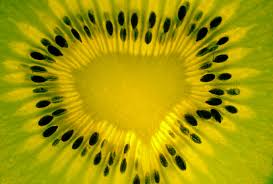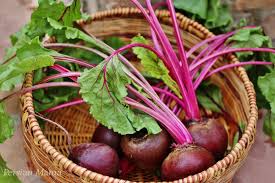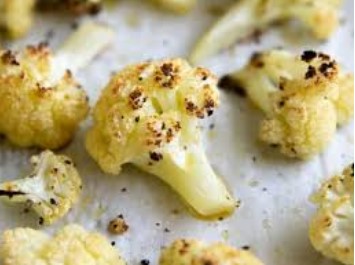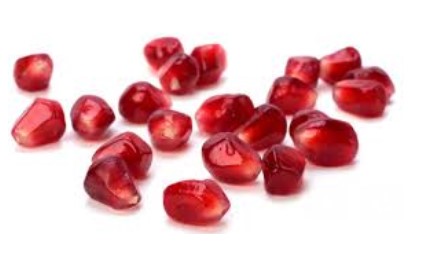One of my absolute favorite vegetables in the world is cauliflower. Even though I've written about it in the past, I feel compelled to revisit it from a slightly different perspective.
The most interesting detail about cauliflower is that, botanically speaking, the vegetable we call cauliflower is, in fact, the flower or inflorescence.
This fact is definitely not a secret, and you probably knew it without giving it much thought – which is perfectly fine, as pondering philosophical thoughts about fruits and vegetables isn't exactly your primary task; it's mine.
So, yes, the cauliflower we love to eat in various forms is essentially a blossom. Let's dwell on this point for a moment because it's quite intriguing. This botanical occurrence is relatively rare in the realm of fruits and vegetables. Aside from broccoli and cauliflower (close relatives that I'll elaborate upon shortly), the single example that comes to mind is the artichoke.
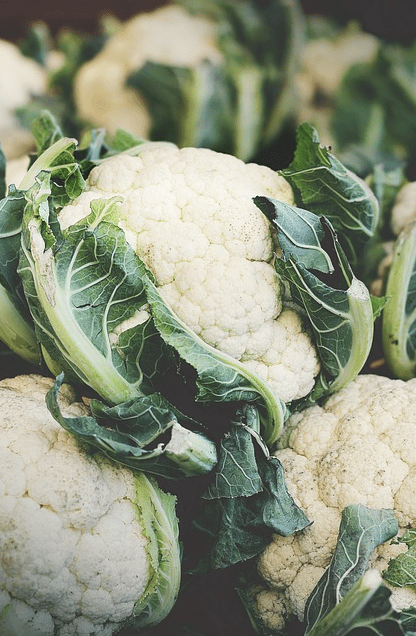
While squash blossoms are considered a delicacy, it is a case of the same plant at different stages of maturity. The use of these flowers is relatively rare, compared to the consumption of the fruit itself. Flowers are seldom used, primarily for culinary uses, even for certain types of rose petal jams. I probably missed a few examples, but the point is that a vegetable that is actually a flower isn't very common.
As mentioned, broccoli and cauliflower are essentially the same plant. I've written about this more than once, but in case you missed it: both are direct descendants of the wild cabbage.
Wild cabbage is a member of the Brassicaceae family and is the ancestor of several different vegetables. In addition to the two above, you can also include the modern cabbage, Brussel sprouts, kale and kohlrabi as its direct offsprings.
In essence, this is a case of a plant that, through centuries of cultivation and selective breeding in various regions, has developed into entirely different directions. Some became leafy greens (like cabbage and kale), some are an enlarged stalk (like kohlrabi), and some, like broccoli and cauliflower, are the blossom of the plant. The exact when and where this transformation took place is believed to be in regions of Italy and Greece sometime in the first millennium BCE.
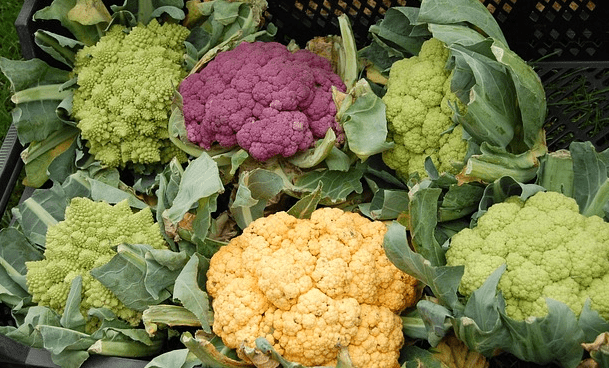
The Romans were particularly fond of cauliflower, and as I mentioned in a previous newsletter dedicated to this wonderful blossom, there was one Roman emperor (Diocletian) that resigned from his imperial duties to indulge in the cultivation of this delightful flower.
Cauliflower is not only delicious but also highly nutritious. It serves as an excellent plant-based source of vitamin B and is rich in dietary fiber and antioxidants. It naturally comes to harvest at the beginning of winter, so right now, cauliflower and its green cousin, broccoli, are at their peak, and can be found in our store this week.
What do we do with them? Anything we want. Fresh or sautéed, steamed or pickled, grilled, in stews, in soups, and even in salads. The possibilities are endless, guided by your imaginative culinary spirit.



